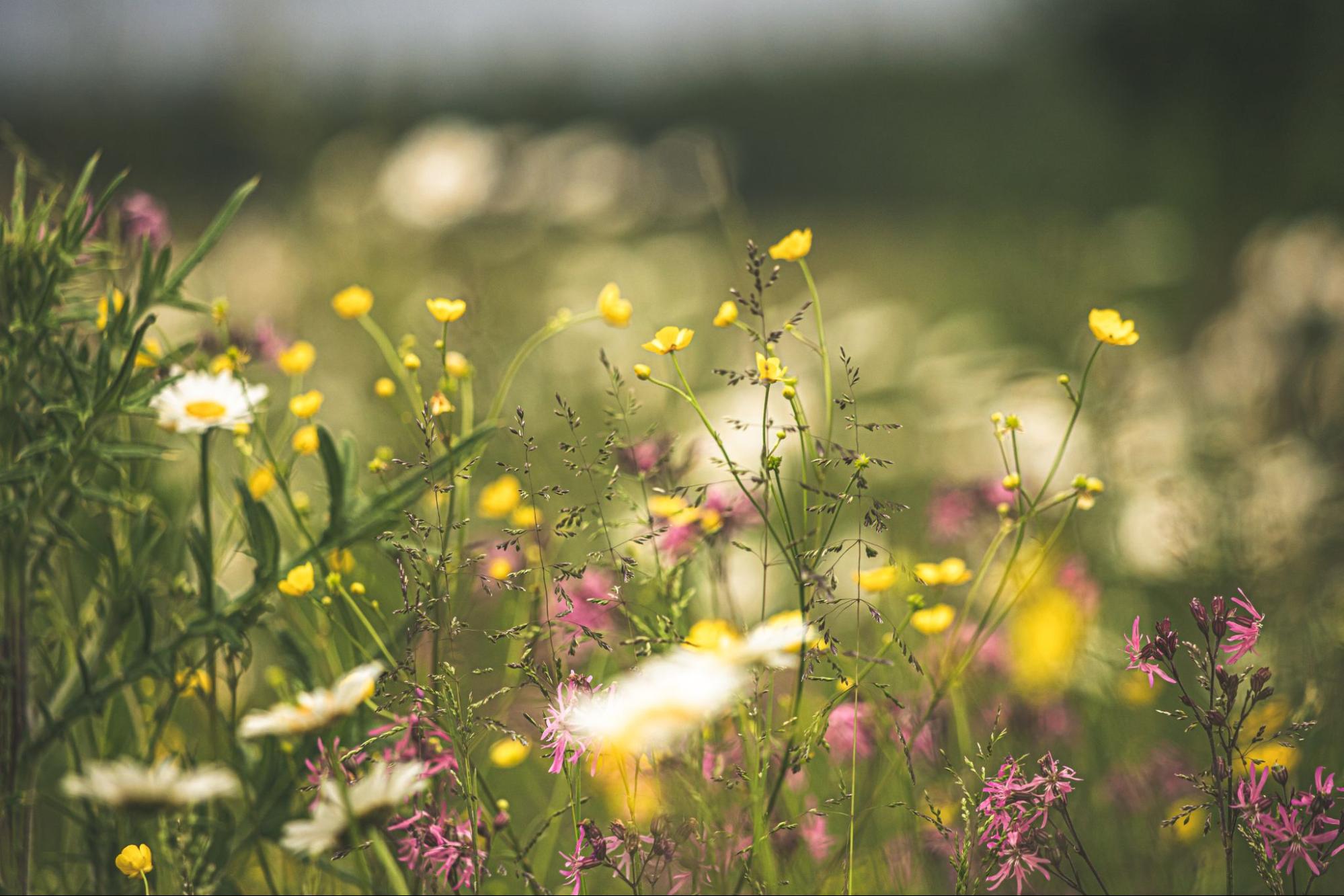
How Inclusive Are We?
Summary of Findings
Photo by Kristine Cinate on Unsplash

The common thread that holds the Shambhala community together is a sense of sharing a spiritual path, practising meditation and studying dharma with others, and the personal relationships that form from these. Conflicts in the community and concern that Shambhala has not adequately addressed its problems diminish that sense of belonging.
Very few of those who were not sure of their membership and those who do not consider themselves members had a sense of belonging in Shambhala. Participants’ sense of belonging did not increase over the last year.
The community is not seen as demographically diverse. Feelings of being excluded were most acute for those who felt they had a different spiritual teacher than others, as well as those who are older and those who feel their economic status or political views are different from others in the community.
Increasing diversity is more of a priority for centre leaders in 2023 than it was in 2022.
Member Survey
(Click here for more information about this survey.)
The sense of belonging in or connection to Shambhala
In both survey years, we asked members to rate their feeling of belonging in Shambhala on a scale of 0 to 10. Although the survey was sent to individuals recorded in the Shambhala Database as members or friends, about one third of those who answered were either not sure about their membership or felt that at this point they are not members. This is discussed on the page entitled “How supportive are we?”
About half of those who identify as members feel they belong in Shambhala, with 20% feeling strongly (score of 9 or 10) and about 30% less strongly (score of 7 or 8). About one third were neutral about belonging (score of 4, 5, or 6), and the remainder scored their sense of belonging as very low.
About a third of those who were not sure of their membership, and about 20% of those who did not consider themselves members were neutral about their sense of belonging; almost all of the remainder scored their sense of belonging in Shambhala as very low. In a few categories, sense of belonging declined between 2022 and 2023. For most categories, sense of belonging was unchanged between the two years.
In 2023 we asked members to select features that were important for increasing and for reducing their sense of belonging. Respondents rated a large number of features as conducive to a sense of belonging: those rated by most as very important generally concerned relationships and a sense of connection with others, opportunities to practise and study with them and commitment to a spiritual path.
The factors that detract from a sense of belonging for the largest number of respondents were feeling that Shambhala had not adequately addressed its problems, and discomfort with the conflicts they felt were in the community.
How important are each of these in increasing your sense of belonging in or connection to Shambhala
(More than one answer was allowed.)

How important are each of these in reducing your sense of belonging in or connection to Shambhala?
(More than one answer was allowed.)

Features that are important for increasing or for reducing your sense of belonging in or connection to Shambhala
Summary and direct quotes from ‘other’ responses
We asked: How important are each of these in increasing (or decreasing) your sense of belonging in or connection to Shambhala?
About 14% of responses added open ended comments concerning features that increased or reduced their sense of belonging. The majority of the open text responses related to lack of clarity around the status of Sakyong Mipham Rinpoche. These included requests to have the Sakyong return and teach in Shambhala as well as requests to fully separate and distinguish Shambhala from the Sakyong. Individuals felt alienated from others in the community when holding either of these views.
There were requests for more leadership on these issues:
Do you have concerns about feeling included in the Shambhala community based on any of these aspects of your identity?
We were specifically interested in whether any aspects of members’ personal identity or presentation were related to concerns about feeling included in the Shambhala community. As the graph below shows, the factors listed did not, for most participants, affect their sense of inclusion. The factors that did make a difference for about 25% or more respondents, were being older than others, studying with a different Buddhist teacher than others, and having a different economic situation or different political views from others.
(More than one choice was permitted.)

Leaders Survey
(Click here for more information about this survey.)
More than 80% of leaders responding in 2023 identified attracting a diverse mix of participants to their centres and groups as a priority. This was larger than the portion who expressed concern about diversity in 2022.
How would you rate the importance attracting a diverse mix of participants to your group or centre?
